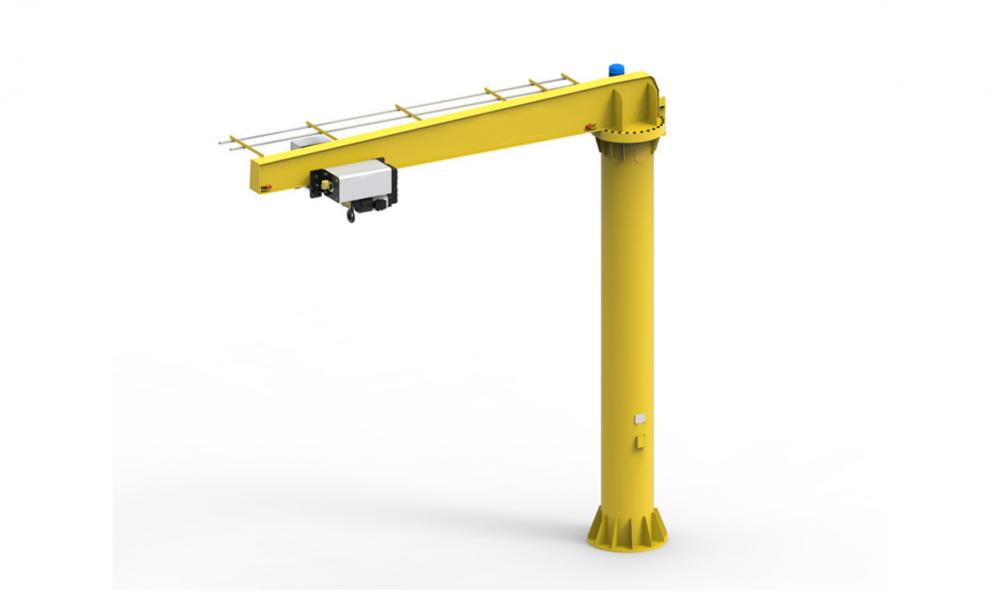When it comes to selecting the material for a pet cage, there are numerous choices available, each presenting distinct pros and cons.
Plastic cages are quite lightweight, making them highly portable. This is particularly useful if you often need to shift the cage around, whether it’s moving between rooms at home or traveling with your pet. Cleaning is also a breeze; they don’t hold onto stains easily and can typically be wiped down with a damp cloth. However, plastic isn't the strongest material out there. Pets that are particularly active or enjoy gnawing on things might damage the cage over time. For instance, larger dogs could potentially chew through or break the plastic when agitated.
Wire cages offer excellent ventilation, allowing fresh air to circulate freely. This is crucial for maintaining a healthy environment for your pet, helping to keep odors down and reducing stuffiness. Still, wire cages can rust, so it's important to look for ones with proper surface treatments like paint or electroplating to minimize this issue and prolong the cage's lifespan. While wire cages are sturdier than plastic ones, they still aren't indestructible. Larger, stronger pets could potentially bend or snap the wires if they chew or push against them for extended periods. Additionally, cleaning wire cages can be a bit of a hassle since dirt can get trapped in the gaps.
Stainless steel cages are incredibly robust and durable. They’re built to handle significant external pressure, so even large, energetic pets would struggle to damage them. Stainless steel is also easy to clean, resists rusting, and maintains its appearance over time. The downside? These cages tend to be heavier, which can make them less practical if you frequently need to move the cage. Plus, stainless steel tends to be pricier compared to other materials like plastic or wire.
Wooden cages provide a natural, warm aesthetic that blends seamlessly into indoor settings. They're also eco-friendly and offer insulation, keeping your pet cozy. Small or less active pets often thrive in wooden enclosures. That said, wood requires careful maintenance—it must be treated against rot, water, and moisture to prevent bacterial growth, which can harm your pet’s health. Wood is also quite heavy, making it unsuitable for frequent relocation. Cleaning must be done delicately to avoid damaging the wooden surface.
Each material has its own set of advantages and challenges, so the best choice ultimately depends on your pet's size, activity level, and your specific needs. It's essential to weigh these factors carefully before deciding on the perfect material for your furry friend's new home.
Jib Crane
Jib crane is a type of crane that consists of a horizontal arm (jib) that is mounted on a vertical mast or wall. The jib can rotate around the mast, allowing the crane to move materials in a circular motion. The crane is typically used for lifting and moving heavy objects in manufacturing, construction, and shipping industries.
The main lifting mechanism is various kinds of rope hoist, such as CD1, MD1 Electric Wire Rope Hoist, European type wire rope hoist, Chain Hoist, etc. similar with Overhead Crane, Gantry Crane, etc.
Jib Crane,Pillar Jib Crane,Column Type Jib Crane,Pillar Mounted Jib Crane
HENAN MAJOR INDUSTRIES IMP. & EXP. CO., LTD. , https://www.henanminingcrane.com
